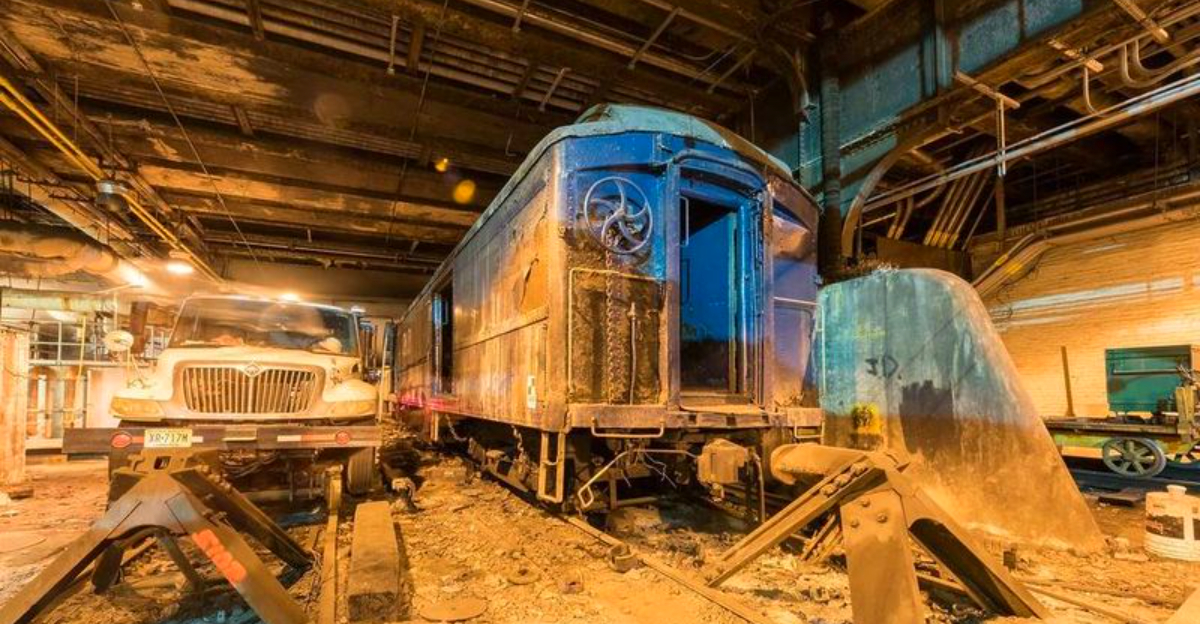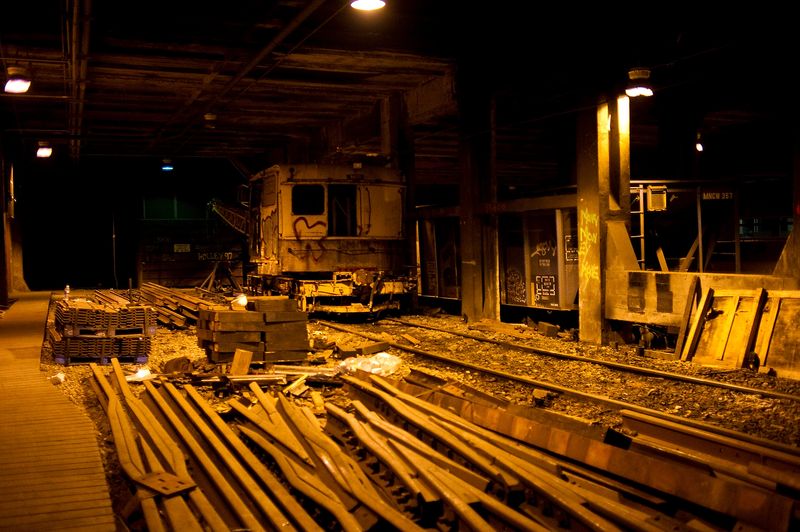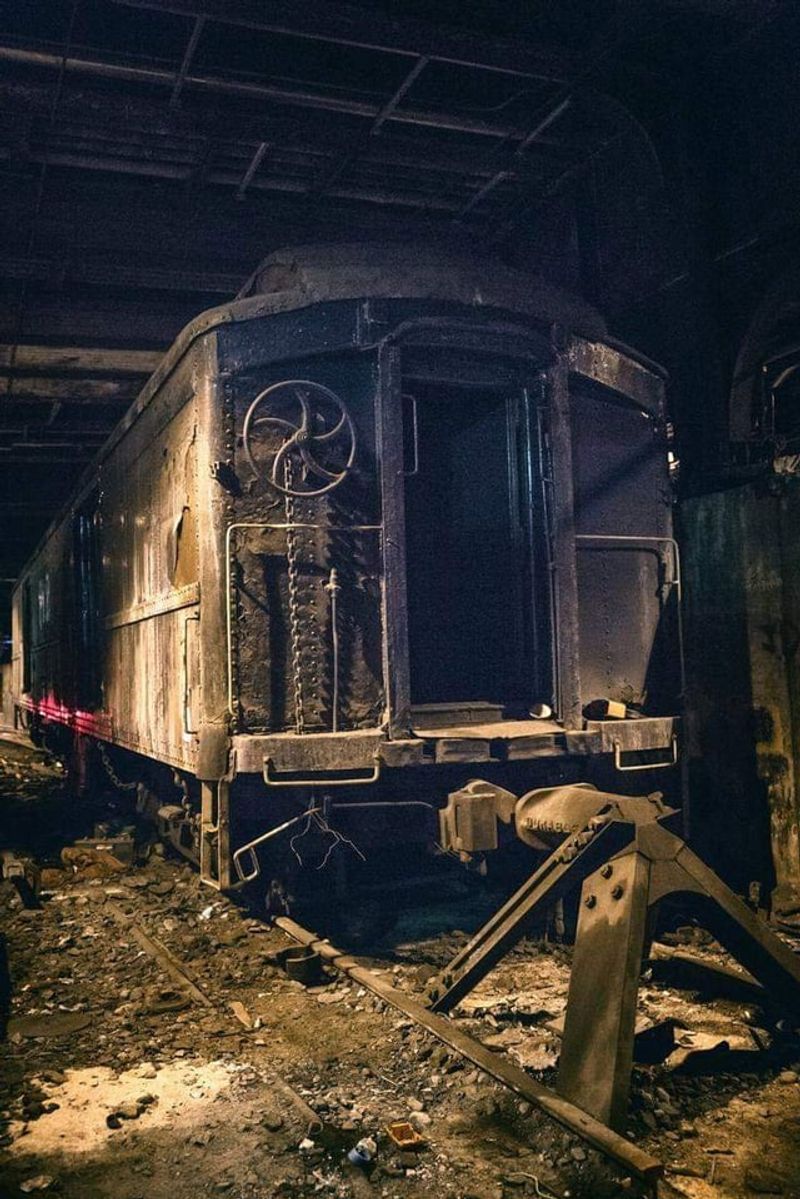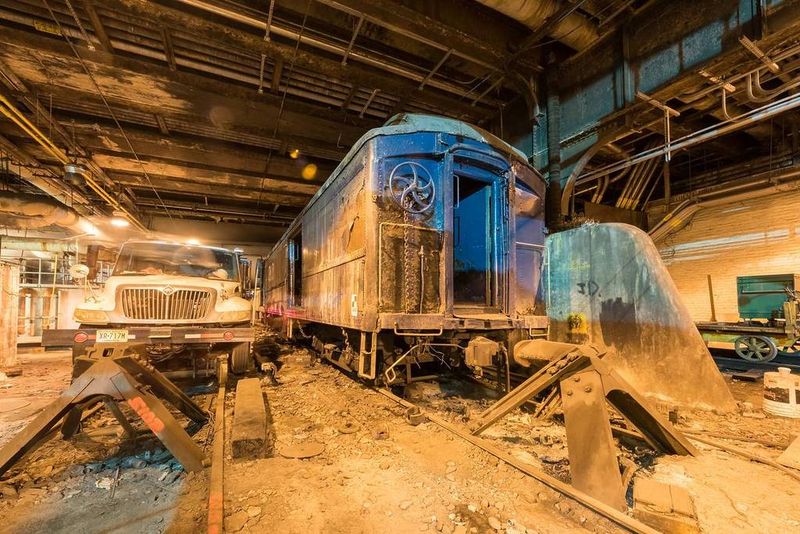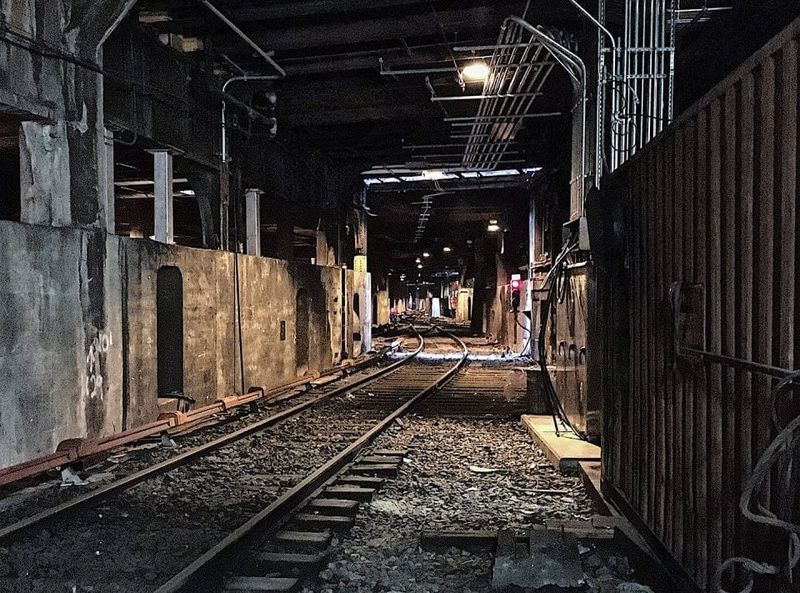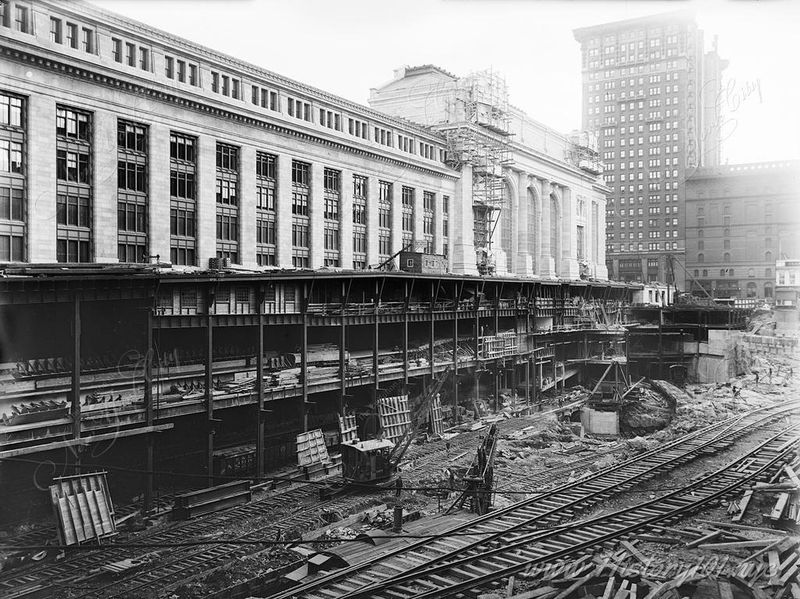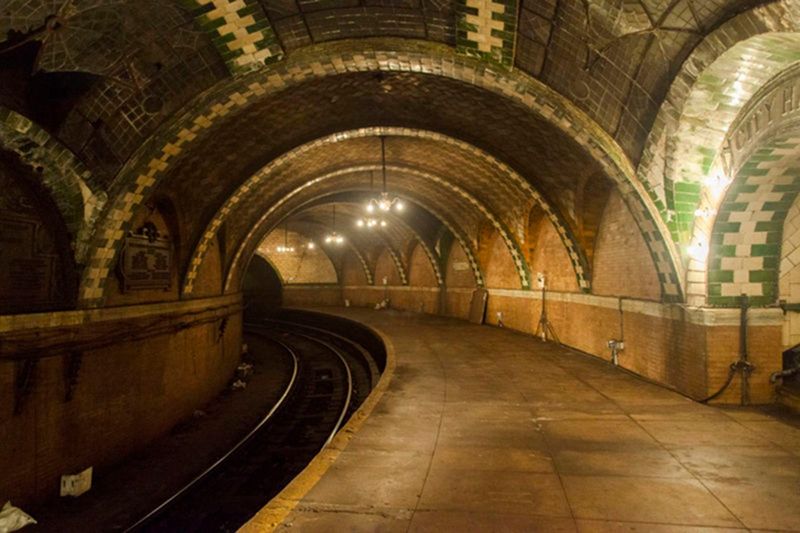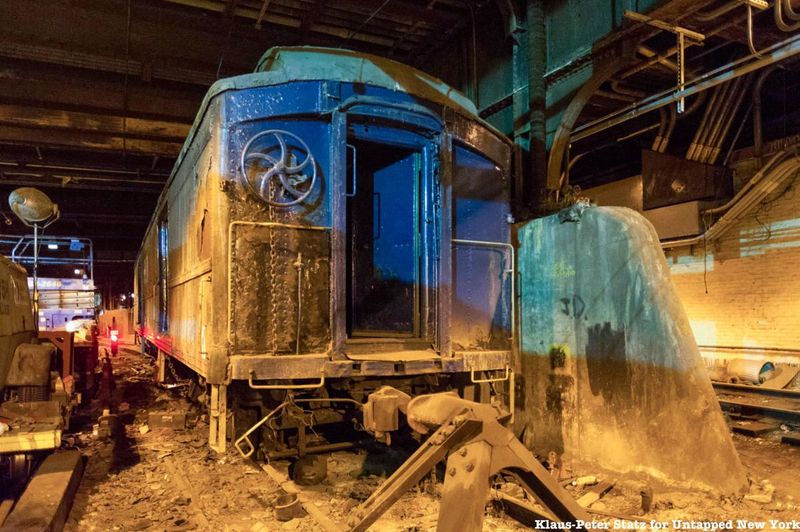Deep beneath one of Manhattan’s most famous hotels runs a secret railway platform that most New Yorkers will never see. Track 61 sits hidden below the Waldorf Astoria, connecting luxury to mystery in ways few could imagine. This forgotten piece of infrastructure has hosted presidents, sparked legends, and remained one of the city’s best-kept secrets for nearly a century.
Hidden Rails Beneath the Luxury
Beneath the iconic Waldorf Astoria New York hotel and adjacent to Grand Central Terminal lies Track 61—a discreet rail siding originally part of the New York Central Railroad’s Lex Yard. Construction began in the 1910s to serve a power plant and locomotive storage beneath the future hotel block. It was never designed as a public passenger platform.
After the Waldorf’s upper levels rose during the 1920s and ’30s, the rail siding beneath it became a curious intersection of luxury and infrastructure. Though inconspicuous from the street, it sits in the depths of Manhattan’s transit network. The location exudes an aura of hidden passageways and untold stories, making it one of the city’s most intriguing underground spaces.
Few people realize that such a mysterious railway exists directly below one of New York’s grandest addresses.
Presidential Myths and Verified Moments
Track 61’s reputation springs partly from legend: most famously, that Franklin D. Roosevelt used it to discreetly enter the Waldorf, hobbling from his limousine through the hotel basement to his private railcar. While the narrative is dramatic, historians note that Roosevelt did use the platform in 1944, though not in the exact form the myth describes. The baggage car long-parked there—linked to his visits—was actually a storage unit relocated later.
Over decades, the track also hosted generals such as Pershing and MacArthur. Later it was noted as an escape route for high-level figures during U.N. events in the 2000s.
This blend of fact and legend fuels its secret-train mystique. Stories passed down through generations have transformed Track 61 into a symbol of presidential secrecy and wartime protocol, capturing imaginations far beyond its actual use.
From Utility to Urban Legend
Originally a functional siding, Track 61 carried maintenance cars and freight, rather than passenger services. Its platform lies two levels beneath the Waldorf’s ballroom, reachable through unmarked doors and elevator shafts—details that add to its clandestine appeal.
In the mid-20th-century it hosted odd events: 1948 saw a Filene’s fashion show beneath the hotel ballroom transported via the siding; 1965 featured an Andy Warhol-curated party in the trackway. These quirky moments transformed a simple rail siding into a cultural footnote.
Although the track is no longer a public route, it remains maintained and occasionally used for rail movement or emergency access. Exploration is strictly prohibited, preserving its status as one of New York’s most enigmatic subterranean corners. The inaccessibility only adds to its allure among urban history enthusiasts.
Why Track 61 Still Fascinates
Track 61 resonates for multiple reasons—engineering, secrecy, urban layering. It demonstrates how New York repurposed spaces: beneath luxury hotels lie old rail yards, beneath rail yards lie legends. The faint but enduring presence of the railcar, unmarked doors and staircases evoke clandestine arrivals and unspoken corridors of power.
For architecture buffs, transit aficionados and urban explorers, it remains a symbol of hidden infrastructure. Its story bridges transportation history, presidential protocol and urban mythology—serving as a physical reminder that even in the city’s brightest towers, the shadows below hold the most intriguing stories.
Discreet, sealed off and ever mysterious, Track 61 invites curiosity and sparks imagination. It represents the unseen layers that make New York endlessly fascinating, where history hides just beneath our feet.
Engineering Marvel of the Early Century
Building Track 61 required ingenious planning and execution during an era when skyscrapers and subways were transforming Manhattan’s landscape. Engineers had to coordinate railway infrastructure with the construction of a massive luxury hotel above. The challenge was immense: creating a functional rail siding while ensuring the structural integrity of the buildings overhead.
Workers carved out space beneath what would become the Waldorf Astoria, installing tracks, platforms, and access points. The project showcased the ambition of early 20th-century New York, where no engineering challenge seemed too great.
Today, the technical achievement remains impressive. The track demonstrates how infrastructure and architecture can coexist in tight urban spaces. It stands as a testament to the vision and skill of engineers who built modern New York from the ground up—and below.
Pop Culture and Modern Intrigue
Track 61 has captured the imagination of filmmakers, writers, and conspiracy theorists for decades. Its secretive nature makes it perfect material for thrillers and spy novels. Several movies and television shows have referenced or featured underground escape routes inspired by this hidden platform.
Urban explorers share grainy photos and whispered stories online, though official access remains forbidden. The mystique grows with each retelling, blending reality with speculation. Some claim it connects to other secret tunnels; others insist it still serves covert government purposes.
Whether truth or fiction, these stories keep Track 61 alive in popular consciousness. It represents our fascination with what’s hidden, what’s forbidden, and what powerful people might do in secret. The platform has become more than infrastructure—it’s a cultural icon of mystery and intrigue in America’s greatest city.
Preservation and Future Possibilities
Although Track 61 no longer serves regular rail traffic, authorities maintain it in working condition. This preservation effort ensures the track remains functional for emergency scenarios or special circumstances. The decision to keep it operational rather than seal it permanently speaks to its unique status in New York’s infrastructure network.
Some historians and transit advocates have proposed converting Track 61 into a museum or educational space. Imagine guided tours through this piece of living history, where visitors could experience presidential lore firsthand. Such plans face significant security and logistical hurdles, but they reflect growing interest in preserving unusual historical sites.
For now, Track 61 remains locked away, visited only by maintenance crews and the occasional official. Its future is uncertain, but its past ensures it will never be forgotten by those who cherish New York’s hidden wonders.
